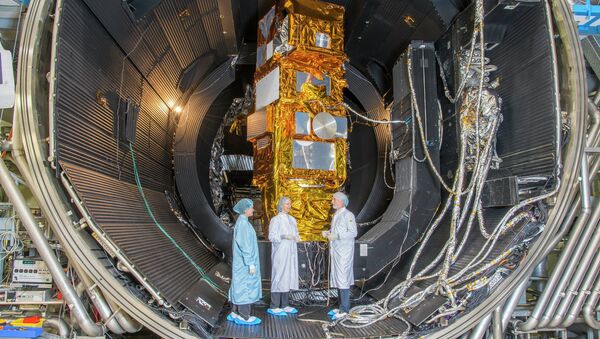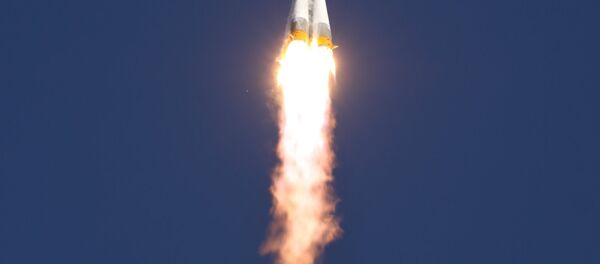The 1.1 metric ton Sentinel-2A satellite is of six satellites to be launched within the next few years by the EU as part of its Copernicus environmental monitoring program.
Manufactured by a consortium of more than 40 European companies led by Airbus Defense and Space, the Sentinel-2A satellite includes an array of technology breakthroughs, according to Airbus executive Dr. Mike Menking.
"Its instrument incorporates the largest monolithic silicon-carbide structure engineered to date, and along with a very precise low-disturbance attitude and orbit control system ensures extremely high-quality imagery," he was quoted by the BBC as saying.
The satellite's mission is tasked with taking pictures of the Earth's surface in visible and infrared light.
Images of floods, volcanic eruptions and landslides are expected to enhance rapid disaster mapping and humanitarian relief efforts.
The satellite's camera sensor is capable of detecting specific wavelengths of light to detail the health of plants, something that is "especially important for food monitoring," explained Professor Volker Liebig, the director of Earth observation at the ESA.
"It will help the World Food Program forecast bad harvests, and reduce, let's say, speculation on world food markets, which always costs lives because it sends prices skyrocketing even when there are enough cereals to go around," he told the BBC.




